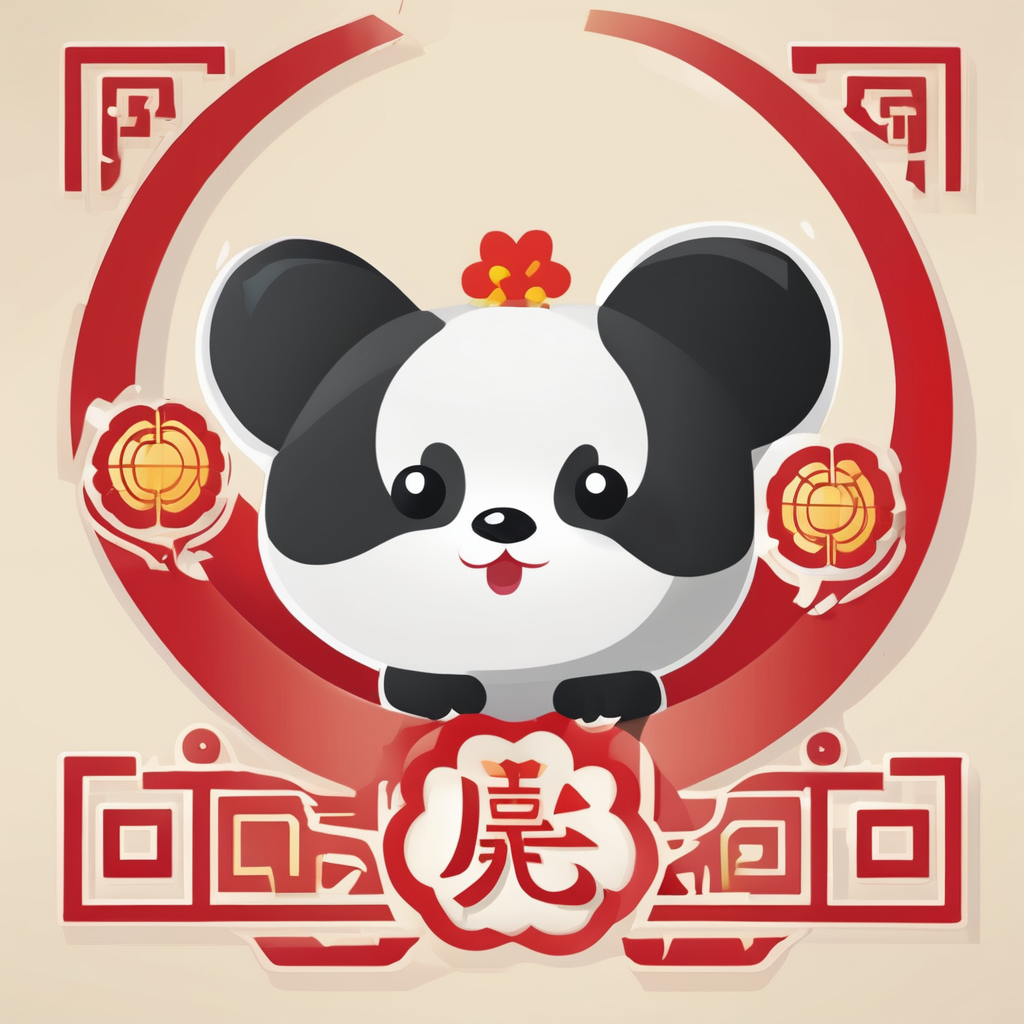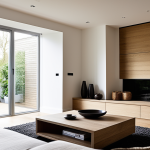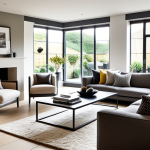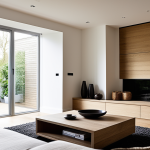Essentials of Traditional British Interior Design
Traditional British design centers on classic home decor that blends warmth with timeless elegance. Its core features include rich color schemes—deep reds, hunter greens, and navy blues—that create inviting, cozy atmospheres. Layered textiles such as embroidered cushions, velvet drapes, and wool throws add depth and tactile comfort, enhancing the room’s layered look.
Classic wood furniture, often crafted from oak or mahogany, is essential in British interior essentials. These pieces carry an air of history and craftsmanship, reflecting authenticity and durability. Hand-carved details and polished finishes showcase the skill behind each item, contributing significantly to the overall feel of tradition.
In parallel : What are the top UK interior design styles for small spaces?
Signature patterns like florals, plaid, and chintz are emblematic of traditional British design. These motifs often appear on upholstery, curtains, and wallpaper, creating visual interest and a sense of heritage. Their harmonious repetition across textiles and furnishings ties the room together, giving it a distinct British character.
In British interior essentials, the emphasis on authentic materials and fine craftsmanship ensures that rooms feel genuine rather than staged, anchoring traditional design firmly in a lived-in, comfortable reality.
Also to see : How Can Decorating Trends Enhance the Comfort of Your UK Home?
Essentials of Traditional British Interior Design
Traditional British design is defined by its rich color schemes, usually deep reds, greens, and navy blues, which create a warm and inviting atmosphere. These hues are often layered with textured textiles such as velvet, wool, and chintz to add depth and comfort. The use of classic wood furniture—think mahogany and oak—anchors the room with a sense of history and durability.
Signature patterns in British interior essentials include florals, plaid, and chintz, which evoke a nostalgic yet elegant ambiance. These patterns frequently appear on curtains, upholstery, and cushions, reinforcing the design’s cohesive character. Authentic craftsmanship is pivotal; quality hand-finished materials and traditional techniques are valued for their durability and timeless appeal, underscoring an appreciation of heritage.
Attention to detail in traditional British design does not merely prioritize aesthetics but also the tactile and visual authenticity of materials. This balance between beauty and function is crucial, making British interior essentials not only stylish but practical for everyday living. This approach ensures spaces feel layered, comfortable, and distinctly classic, appealing to those who seek to cultivate a refined, lived-in home environment.
Adapting British Aesthetics in Modern Homes
Blending traditional British design with contemporary living spaces demands a thoughtful approach. Many wonder, how can British style ideas fit a modern home without losing authenticity? The answer lies in adapting traditional design elements subtly to preserve their charm while embracing modern simplicity.
One effective method is to select versatile furnishings that merge classic and modern aesthetics. For example, a sleek sofa upholstered in plaid or chintz fabric channels British interior essentials but suits minimalist layouts. Similarly, combining classic wood furniture with contemporary lighting creates a harmonious balance between old and new.
Wall treatments present another opportunity to reflect British style ideas without overwhelming the room. Rather than heavy damasks, choose wallpapers or paint in rich color schemes but with cleaner lines or geometric patterns that respect tradition yet feel fresh.
In sum, blending modern and traditional means prioritizing comfort and practicality while celebrating craftsmanship and signature textures. This thoughtful integration ensures the enduring appeal of classic home decor evolves gracefully in today’s homes.
Essentials of Traditional British Interior Design
Traditional British design thrives on a harmonious blend of rich color schemes, textured textiles, and enduring wood furniture. The characteristic palettes—deep reds, forest greens, and navy blues—bring warmth and depth, establishing an inviting backdrop that is immediately recognizable. Layered textiles play a crucial role; cushions, drapes, and throws fashioned from velvet, wool, and chintz add texture and tactile comfort. These elements contribute not only to aesthetics but also to the cozy ambiance typical of British interior essentials.
Classic wood furniture, primarily oak and mahogany, anchors the space with timeless elegance. Beyond durability, these pieces showcase meticulous craftsmanship through hand-carved details and polished finishes, underscoring the value placed on authenticity and tradition. Such furniture acts as a foundation for classic home decor, enriching rooms with history and craftsmanship.
Signature patterns such as florals, plaid, and chintz weave a narrative of heritage and refinement. These motifs often appear repetitively on upholstery, curtains, and wallpaper, reinforcing the cohesive feel of British interiors. The integration of these patterns, materials, and colors defines traditional British design, ensuring spaces feel both authentic and comfortably layered.
Essentials of Traditional British Interior Design
Traditional British design is rooted in classic home decor that emphasizes warmth, authenticity, and craftsmanship. Central to British interior essentials are rich color schemes—deep reds, forest greens, and navy blues—that establish a cozy and inviting backdrop. These hues are further enhanced by layered textiles, including velvet drapes, wool throws, and embroidered cushions, which add tactile richness and visual depth.
The use of classic wood furniture, especially in oak and mahogany, is another hallmark of traditional British design. These pieces often feature hand-carved details and polished finishes that convey quality and longevity, underscoring the importance of craftsmanship. Such furniture not only serves functional needs but also reinforces the room’s historical character.
Signature patterns like florals, plaid, and chintz appear regularly across upholstery, curtains, and wallpaper. Their repetitive, harmonious incorporation ties the interior elements together, fostering a sense of heritage and continuity. Together, these components define British interior essentials—balancing beauty with authenticity, ensuring spaces feel both timeless and comfortably layered.
Essentials of Traditional British Interior Design
Traditional British design thrives on its hallmark rich color schemes, featuring deep reds, hunter greens, and navy blues that instantly create a warm, inviting ambiance. These tones are expertly layered with textiles like velvet, wool, and chintz, adding texture and tactile depth integral to British interior essentials.
Classic wood furniture, often crafted from mahogany or oak, underscores the essence of traditional British design. These pieces are more than just functional—they embody heritage through hand-carved details and polished finishes. The craftsmanship behind each item ensures authenticity and durability, which are crucial to maintaining the timeless appeal of classic home decor.
Signature patterns such as florals, plaid, and chintz adorn upholstery, curtains, and cushions, weaving a narrative of tradition throughout the space. These motifs harmonize the room, giving it a distinct British character that feels both elegant and nostalgic.
Ultimately, the core of British interior essentials lies in balancing aesthetic beauty with genuine materials and skilled craftsmanship, creating spaces that feel authentically lived-in and timelessly classic.
Essentials of Traditional British Interior Design
At the heart of traditional British design lie a few core features that define its enduring charm. Rich color schemes—deep reds, forest greens, and navy blues—form a warm backdrop, essential to British interior essentials. These hues provide a foundation that invites layering and depth.
Layered textiles play a crucial role, with materials like velvet, wool, and chintz offering both tactile comfort and visual interest. These fabrics soften spaces, adding warmth and texture integral to classic home decor.
Classic wood furniture, crafted primarily from oak or mahogany, anchors traditional British interiors. These pieces embody authenticity and craftsmanship, often featuring hand-carved details and polished finishes that reflect time-honored skills.
Signature patterns such as florals, plaid, and chintz appear repeatedly across upholstery, curtains, and wallpaper. These motifs reinforce the cohesive nature of British interior essentials, linking each element through heritage-inspired design.
Craftsmanship and authenticity matter profoundly. The use of genuine materials and skilled construction ensures that traditional British design remains both beautiful and functional, creating homes that feel timeless, welcoming, and richly layered.
Essentials of Traditional British Interior Design
Traditional British design hinges on three core features: rich color schemes, layered textiles, and classic wood furniture. The rich color schemes—deep reds, hunter greens, and navy blues—form the warm and inviting base that defines British interior essentials. These colors appear thoughtfully layered with textured textiles, such as velvet, wool, and chintz, adding tactile interest and depth to classic home decor.
Signature patterns play a pivotal role, with florals, plaid, and chintz consistently appearing across upholstery, drapes, and cushions. These motifs not only create visual harmony but also evoke a timeless, nostalgic charm embedded in British style. Their repetition across elements reinforces a cohesive, heritage-filled ambiance.
Craftsmanship and authenticity in materials are paramount. Classic wood furniture, often oak or mahogany, goes beyond mere functionality by showcasing hand-carved details and polished finishes, reflecting skilled artisanship. British interior essentials rely on this authenticity to maintain durability while preserving a classic home decor’s historical character. The commitment to genuine materials ensures spaces feel genuinely lived-in—comfortable, elegant, and unmistakably traditional.
Essentials of Traditional British Interior Design
Traditional British design hinges on three core features that define its timeless character: rich color schemes, layered textiles, and classic wood furniture. These elements form the foundation of British interior essentials, creating warmth and depth within classic home decor. Rich colors like deep reds, hunter greens, and navy blues serve as a backdrop that invites comfort and sophistication.
Layered textiles are indispensable, with materials such as velvet, wool, and chintz providing tactile richness and visual complexity. These fabrics soften spaces, reinforcing the cozy yet refined spirit intrinsic to British interior essentials. The interplay of different textures engages the senses, making rooms feel inviting and authentically traditional.
Classic wood furniture, typically crafted from oak or mahogany, is vital in traditional British design. These pieces highlight craftsmanship and authenticity, often featuring hand-carved details and polished finishes that speak to historical heritage and durability. The emphasis on genuine, well-made materials ensures that British interiors embody both beauty and longevity.
Signature patterns—florals, plaid, and chintz—are woven thoughtfully throughout upholstery, curtains, and wallpaper. Their harmonious repetition ties the design together, adding heritage and elegance aligned with classic home decor and British interior essentials.




